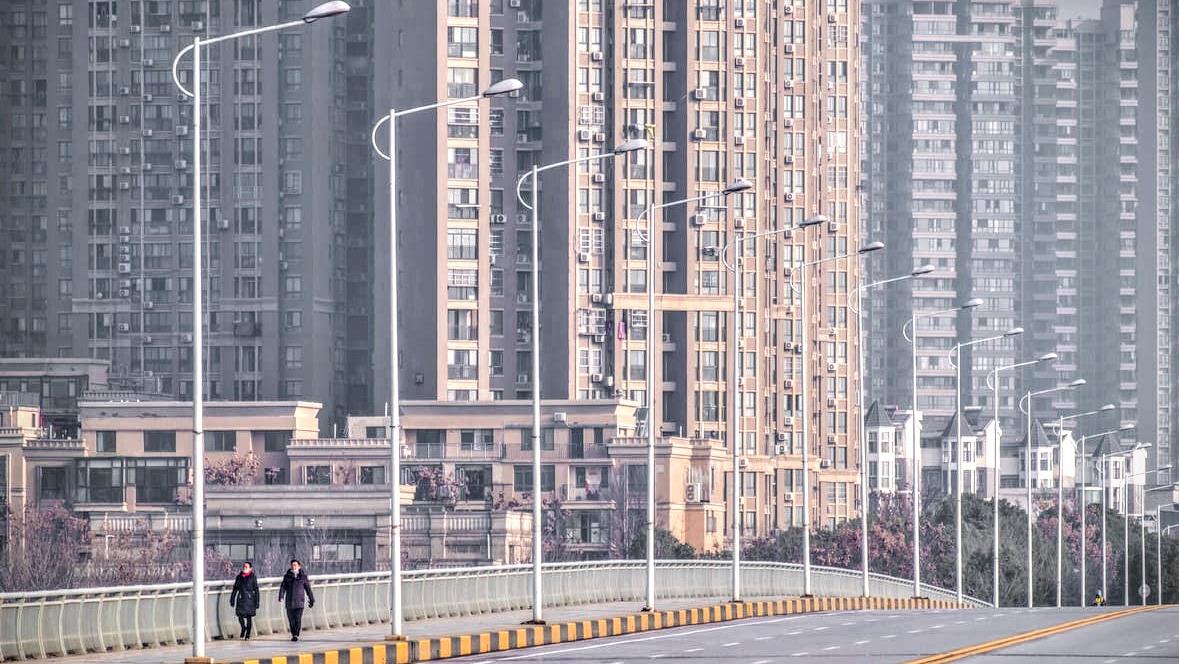Seoul, capital of South Korea, a modern metropolis. A booming economy with a technologically advanced infrastructure. Skyscrapers abound. Long bridges and bustling streets. With a cold city made of steel, the Seoul Metropolitan Government has been pushing for more eco-friendly, green spaces by transforming an old, aging overpass into a modern urban garden under the guidance of Dutch architect, Winy Maas.
Dubbed as the “Seoul Skygarden”, it will stretch for nearly a kilometer and feature 254 types of trees, shrubs and flowers from across South Korea, alongside performance spaces, tea cafés, a library of plants, flower shops, street markets and greenhouses. It is being touted as the rival to New York’s High Line Park.
The Skygarden — which will cost $33 million to build — is planned to open in April 2017. The plants will be selected soon and then the planners anticipate six to eight months for development. The project has been solely financed by the Seoul Metropolitan Government.
From our partners:
Maas envisages his project like “an octopus” — its tentacles providing “the starting point for further greenification of the environment” to make Seoul “more social, open and accessible.”

This is not the first attempt at the city’s ‘Regeneration”. The Cheonggyecheon Stream, was once a neglected and polluted stream hidden by an elevated highway, it has since been uncovered and transformed into an urban oasis for Seoul’s 10 million-strong population.
Plans to revitalize the stream first emerged in the early 2003 under then-Seoul mayor Lee Myung-bak. It initially attracted criticism, but since the finished project opened in 2005, it has become a popular destination for residents and tourists alike.
“We don’t see this project lasting only 10 or 20 years. We expect 50 to 100 years,” said Lee Sang Hun, who is in charge of sourcing the Skygarden’s thousands of trees, flowers and shrubs.
Kim Joon Kee, Seoul’s deputy mayor of safety management, explains that while Seoul normally tears down its old roadways, the city chose to regenerate this one — which had been closed for structural reasons since 2006 — as a symbol of urban progress.
“This overpass has special meaning because it represents Seoul’s modernity … after 30 years of use it has become worn down. We saw an opportunity for the city’s development.”
This feature’s source was originally from CNN.

















